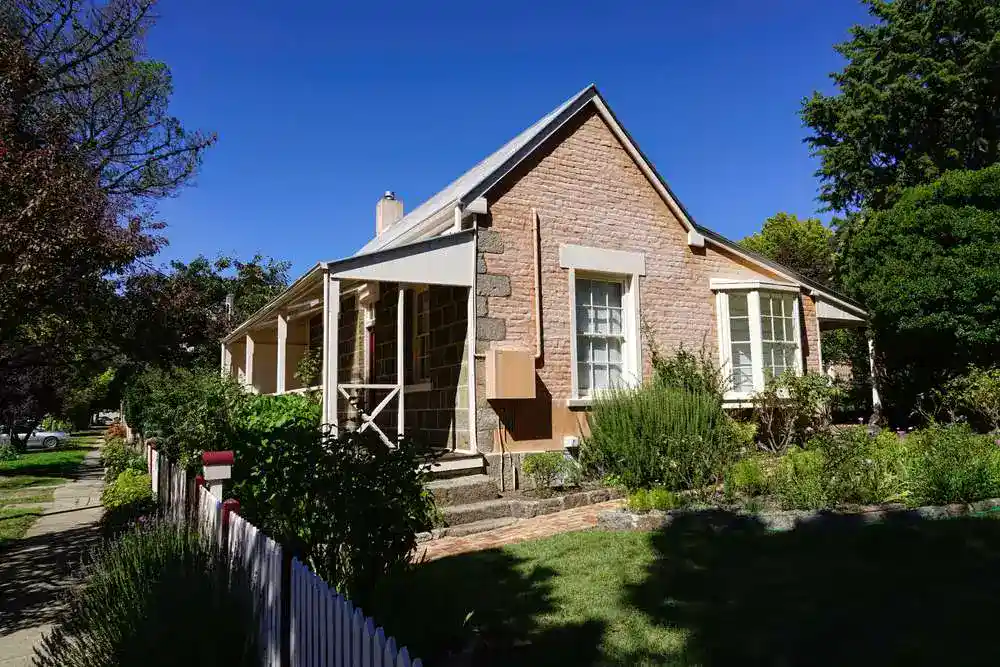
New vs. established properties—this real estate investment dilemma can keep you up at night.
Picture this:
A gleaming new build with that fresh paint smell or a character-filled home with stories etched into its walls. Which one holds the key to your investment success?
The truth is, both paths can lead to profitable outcomes, but each has its own characteristics. Your ideal choice relies on a mix of market trends, investment goals, and yes, personal preference.
In this article, we’ll peel back the layers and give you the buyer’s agent perspective on this age-old issue. We’ll explore the hidden advantages of each option, identify potential drawbacks, and show you how to align your choice with your investment strategy.
Benefits of Investing in New Properties
When considering real estate investing, new properties offer several compelling advantages that can make them an attractive option for many investors.
Depreciation and Tax Benefits
New properties come with significant depreciation benefits. This allows investors to write off the value of the property’s structure over time, reducing taxable income. The newer the property, the higher the depreciable amount, which can substantially reduce taxable income in the early years of ownership.
Lower Maintenance Costs
Everything in a new property is fresh and unused, meaning investors are less likely to face major repairs or replacements for quite some time. This reduces ongoing costs, increases rental income, and improves cash flow. It also means less time and stress spent on property upkeep.
Warranty Protection
New homes typically come with builders’ warranties. These warranties can cover structural defects, appliances, and other aspects of the property for a specified period. This additional layer of protection can save investors from unexpected expenses and provide peace of mind.
Quality Tenants
Modern designs, new appliances, and up-to-date features are highly attractive to potential renters. This appeal can draw in tenants who are willing to pay premium rents and are more likely to take good care of the property. The result is often longer tenancies, reduced vacancy periods, and fewer headaches for the property owner.
Higher Rental Yield
The attractiveness of a brand-new property often allows investors to charge higher rents compared to older properties in the same area. This can lead to stronger cash flow from the outset of the investment, potentially offsetting the higher purchase price of a new property over time.
Advantages of Established Properties
While new properties have their merits, established properties offer unique benefits that can make them worthwhile investments.
Value-Adding Potential
One of the biggest advantages of established properties is the opportunity to add value. Unlike new properties where most work has been done, older properties often allow investors to renovate, update, and put their own touch on the property. This ability to “manufacture” equity can be a powerful tool for increasing both rental income and capital growth. For example, updating a kitchen or bathroom in an older home can significantly boost its appeal to both renters and potential buyers.
Better Growth Prospects
Established properties are often located in areas where new development is limited. These land-locked locations can provide better long-term growth prospects. With less new stock coming onto the market, the existing properties in these areas tend to be in higher demand. This scarcity factor can increase property values over time, potentially leading to stronger capital growth.
Larger Land Parcels
Established properties typically have larger blocks of land than newer developments. Developers of new properties often try to maximise their returns by dividing land into smaller parcels. This means that investors might secure a significantly larger land holding by choosing an established property. Larger land size can appeal to many renters and buyers, particularly families or those who value outdoor space.
Flexibility for Future Development
Combining a larger land parcel and an older structure provides options for future development. Investors might choose to renovate the existing house or, in some cases, demolish it to build a new property, taking advantage of the desirable location and larger land size. This flexibility is particularly valuable in areas where zoning laws may change over time, allowing for higher-density development in the future.
Character and Charm
Many established properties have unique architectural features or historical significance that can attract certain renters or buyers. These character elements can set a property apart in a competitive market and may allow for premium pricing.
Market Trends and Their Impact

Current construction costs and access to trades are significantly influencing investor decisions. Many people hesitate to purchase property that needs work due to these factors. The high cost of materials and difficulty securing reliable tradespeople can make renovation projects more challenging and expensive.
However, established properties that have already been renovated often sell more easily and at better prices, as they offer the charm of an older property without the immediate need for costly updates.
The economy and government stimulus play a crucial role in property development. When conditions aren’t favourable for developers, we may see less new stock coming to the market. Rates, building approvals, and incentives for first-time buyers all play a role.
In contrast, the established market tends to continue steadily, as it’s less dependent on these external factors for supply.
There’s a notable difference between houses and units in terms of supply dynamics. While houses are limited by available land, units can be built upwards, potentially creating what some might consider an “infinite” supply. It can dilute the market and affect property values, especially in areas with many new developments.
For instance, in areas with numerous high-rise unit buildings, there’s a risk of oversupply, which could negatively impact both rental yields and capital growth potential.
These trends can significantly impact growth prospects and should be carefully considered when choosing between new and established properties. It’s important to research the specific area you’re interested in, looking at factors such as planned developments, changes in local infrastructure, and population growth projections.
Conclusion
The decision between new and established properties ultimately depends on your investment strategy and goals.
New properties offer advantages like better depreciation benefits, lower maintenance costs, and builder warranties. They can also attract high-quality tenants and potentially yield higher rents.
On the other hand, established properties present opportunities to add value through renovations. They’re often located in land-locked areas with better growth prospects and typically sit on larger land parcels.
Market conditions also play a crucial role in your decision. Consider factors like construction costs, availability of tradespeople, and supply dynamics in your target area.
If you’re uncertain about which option best suits your needs, consulting with an experienced buyer’s agent can provide valuable insights and tailored advice. If you’re ready to explore your investment options or need further guidance, contact us today for a consultation.





